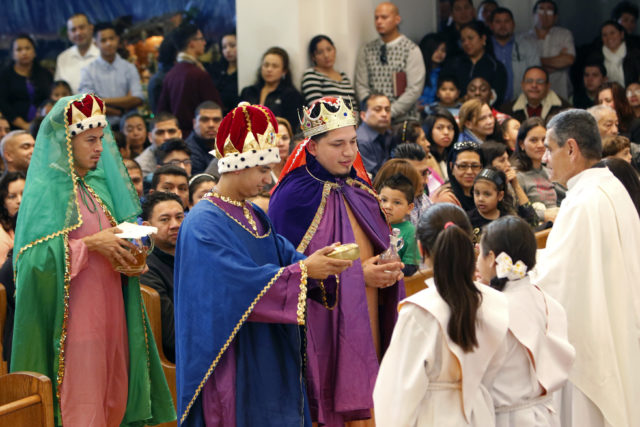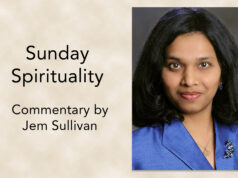
If you were one of the three kings, what would you pack in your coffer to give to the baby Jesus?
The question might sound utterly fanciful, but it really isn’t.

Each Epiphany, when we hear about the visit from the three Wise Men from afar, bearing royalty-worthy gifts, we are, in our own time and place, embarking on a journey of our own, into a new year that will land us back at the manger, welcoming the Christ Child anew after 12 months have passed.
Of course, we could arrive at Epiphany 2021 just ready to hear a good story and nothing more. But, with some advance present planning, we might be able to bring one or more wonderful gifts of our own. So …
How will we spend the new year so we do not arrive empty-handed when we again greet Jesus in the manger?
With the Wise Men as guides, we might find some gift ideas or, at least, some starter questions.
One of the “Wise Men” in Jesus’ time put gold into his coffer — a glittering, valuable commodity, but it didn’t start out that way.
Rather, the gold presented to Christ started out as a yellow metal embedded in a harder, coarser rock that had to be pounded and pulverized to yield its treasure. Then, the fine flakes of gold were refined, melted for days at high heat. Finally, at the end of the process, gold could be shaped and achieve its greatest value.
What process could be started now that would result in a personal gift good as gold? One forged in effort, perseverance and deliberate care?
In the ancient world, frankincense was often more valued than gold, with medicinal properties and other cherished uses. It had to be obtained from even farther off, from India and elsewhere, collected as it oozed from incisions made in trees of the genus Boswellia, then stored carefully and transported over long distances.
What gift for Jesus could be found farther afield than the “usual” ones we rely on each year? What new activities, service or sacrifice could expand the horizons of local giving and charity?
The third traveler’s gift of myrrh was aimed for use at the more difficult aspects of life, those that are neither easy to face nor understand.
A resin like frankincense, myrrh also came from gashes made in far-off trees, hardened, then carried by merchants to the Temple in Jerusalem and other places for use in worship and funerals, its scent blending with others to evoke mourning and remembrance.
How might this year be used to reach people who are emotionally fragile, physically broken, socially estranged? How might the remembrance of our own suffering be offered with respect and compassion to them?
The luxury of moments in which to deeply consider the Wise Men’s gifts in light of what we can contribute might fade into the flurry of one task, one activity after another.
This could lead us up to Epiphany 2021 breathless, with half-done gifts hastily “wrapped,” perhaps thinking we always have another year to do something better.
The Wise Men chose to give their best. They carried their precious cargo across many miles, evading Herod’s wrath, keeping the guiding star in their sight.
And when their long trek led them to strangers, a family of three in humble surroundings, the mother just recovering from childbirth, the newborn bundled in scratchy cloth, they offered their best and worshiped the newborn King, with no regrets of half-finished work, but only awe.
Wonderful inspiration for the months ahead and encouragement for every step along the way to Bethlehem, next year!
Pratt’s website is www.maureenpratt.com.









